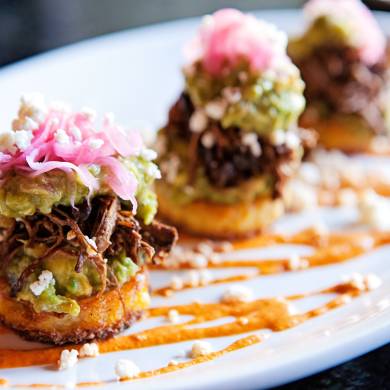Leave No Trace When Backpacking
Backpacking presents many challenges to enthusiasts on both an individual and a group level. However, ensuring all take pains to keep these pristine outdoor spaces clean affects everyone and everything involved. The enjoyment of fellow backpackers, the wellbeing of the local wildlife, and the balance of our ecosystems are all affected by the decisions of all those hitting the trails.
So, we are going to discuss some of the key principles of Leave No Trace that all backpackers should keep in mind.
Read on to hear about the core principles of Leave No Trace when backpacking in Durango, Colorado:
Dispose of Waste Properly
Waste is a big issue when it comes to how our actions negatively affect nature.
The right action is clear though: all garbage, bottles, propane canisters, microtrash (bottle caps, cigarette buts, wrappers, buttons, etc.) need to be kept track of and packed back out. Curious critters will find and eat any shiny, colorful objects.
This can and does cause widespread harm to various species, and should therefore be a top priority.
The subject of waste extends to biological functions though. Cat holes remain the most popular method for managing human bio-waste, and in many environments is well within the Leave No Trace ethos. Cat holes are about 6-to-8 inches deep, and 4-to-6 inches wide, and offer just enough space to take care of business.
The goal is to cover your waste covered by enough dirt to prevent animals from locating and unearthing it. They should be located at least 200 hundred feet from campsites and trails, and well away from the previous holes dug by other campers.
Finally, it should also never be within 200 feet from water sources of any kind, or directly uphill from them. In some regions, it is considered safe to bury your toilet paper in the hole. This rule varies though and should be confirmed.
Do not ever bury wet wipes or tampons, as these should be safely bagged and ported out.
Clean Your Campsite
Backpacking requires groups to focus on camp clean-up.
There are lots of opportunities for empty bottles, food scraps, and cigarette buts to get blown away, dropped, or carried off by a hungry animal.
The larger your party, the greater the chances of this happening.
It is best to create a routine that everyone takes part in. Immediately after every meal, properly dispose of all food and garbage into your dry storage bags or bear-barrel, and then rope that into a tree.
Do another clean-up before turning in for the night, and perform one last sweep of your campsite before departure.
If the grounds you are backpacking through permitted rings, completely douse and clean up your fire pit.
Stay on the Trails
Many national parks do permit off-trail hiking, but this is not always the case. It is important to know what you are allowed to do on your chosen trail and to show concern for what you might be wandering into.
Do not walk off-trail just to avoid some mud or to cut through switchbacks.
You’re out there to enjoy the journey, after all, not to stay clean and take shortcuts.
Staying on trail aids the preservation of important or fragile plants and cryptobiotic soils. If there are rules against wandering off-trail, it is for a good reason.
Going off-trail, particularly where it is stated not to, can contaminate water sources, trigger slides, invade animal habitats, or contaminate cultural sites we are actively trying to preserve.
Take Only Photos, Leave Only Footprints
From the most insignificant leaves to decomposing animal remains, everything you pass by has a role to play in the ecosystem. These artifacts should be left alone, not be taken as souvenirs or used as kindling.
Avoid clearing large patches of land for campsites. If possible, use existing campsites and fire rings, rather than laying out new ones.
It is perfectly reasonable to want mementos from your trip but settle for making good use of your phone/camera or notebook to record memories.
Avoid taking artifacts home with you, as nearly everything has natural or even cultural value, and should be left in its place.
Conclusion
There is much more other than what was covered here. We hope we were able to provide valuable insight into some of the core tenants of the Leave No Trace philosophy, but encourage further research.
The more people we can compel to adopt this mindset as they head into Durango’s outdoor recreation areas, parks, and lands, the better we will be able to care for our area.


